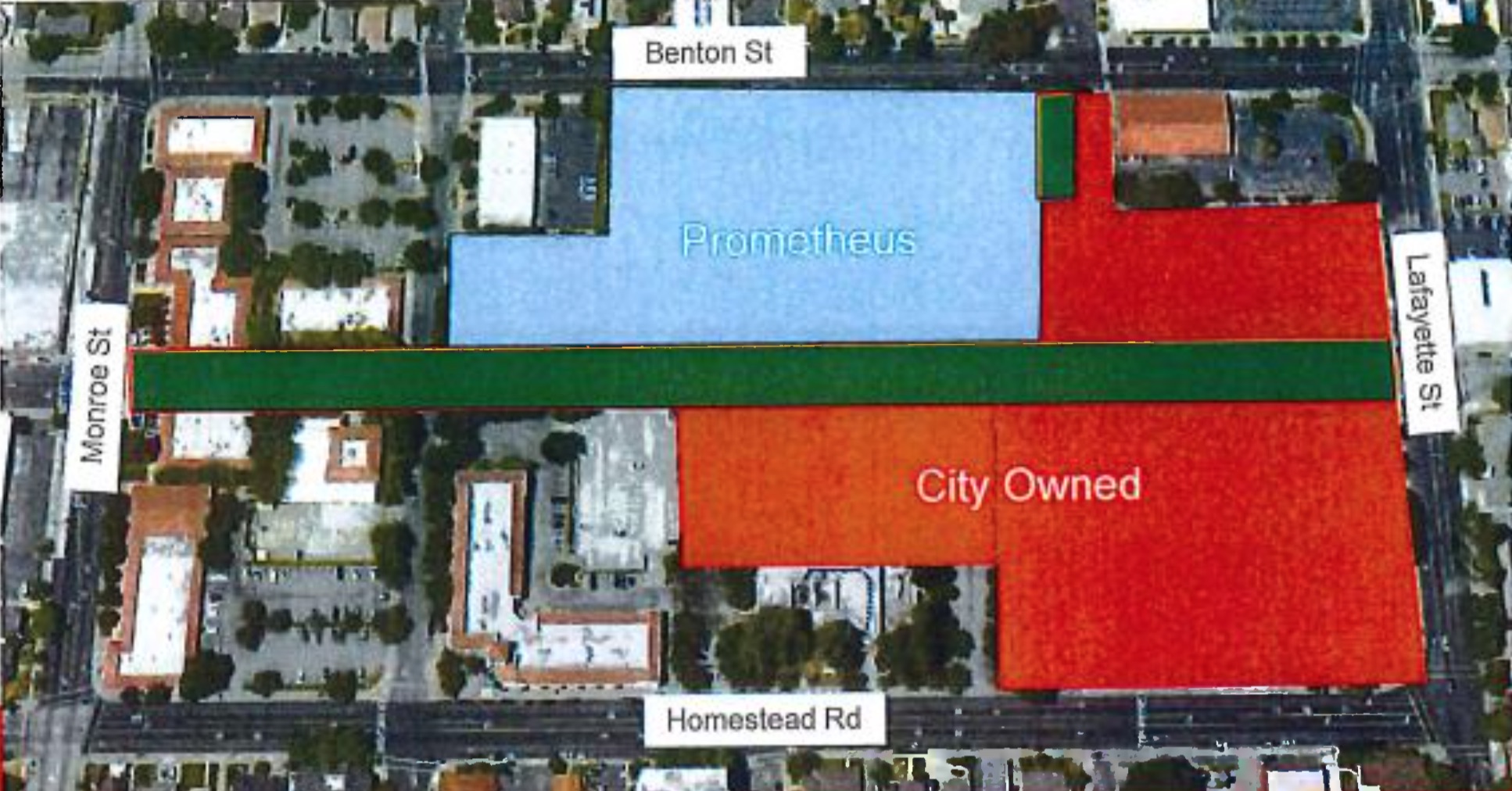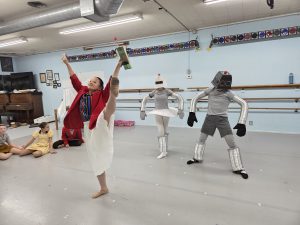The City of Santa Clara is facing a pivotal moment in which its future character is in the process of being determined. The moment has been created by the convergence of factors including the booming wealth of Silicon Valley’s post-Great Recession economy and a potential correction looming for years ahead.
Vivid memories from last century kept close to the hearts of many in the community have bubbled to the surface of civic discourse, pushing for the restoration of something that was obliterated: downtown Santa Clara.
A band of local activists have demonstrated one of the most crucial aspects in the opportunity of the moment, garnering support from thousands of Santa Clarans in the placemaking effort.
“Current polling indicates that over four of five Santa Clarans not only want the rebuilding of the downtown but also see it as a top priority for the City,” stated Dan Ondrasek in a Mercury News op-ed. “They want a downtown to be planned that is a ‘place’ not just a series of projects.”
Prior to the Urban Renewal period of the 1960s the City of Santa Clara had a thriving downtown neighborhood that served as a cohesive destination for the greater community. The area was roughly where the new Downtown is being proposed, a block of land near the Old Quad neighborhood and Santa Clara University, bounded by Monroe, Homestead, Lafayette and Benton Streets.
Today the area is marked by surface parking lots, strip malls, apartments and some trees. Although the U. S. Post Office still stands as a testament to the past, nothing serves as either a community gathering space or lively commercial district as compared to the prized downtowns of nearby Mountain View, Los Gatos and Campbell. However current efforts by grassroots group Reclaiming our Downtown and the City could bring radical change.
At a City Council meeting in June, Assistant City Manager Manuel Pineda outlined a potential plan to revitalize the old downtown and restore the street-grid with a focus on Franklin and Washington Streets as the backbone equipped with two lanes of travel, sidewalks and parking. The project would require a phased implementation over the course of several years as well as a cooperative effort by the City and private property owners in the vicinity.
Prometheus, which owns an apartment complex in a critical part of the proposed project area, approached the City about cooperating with the plan to revitalize the area. As part of the effort, the developer would sell part of the property to allow for demolition that would make way for the extension of Franklin and Washington Streets.
At the June 12 meeting, Council voted to approve an agreement for the acquisition of Franklin and Washington Streets right-of-way that would open the door for the re-creation of a downtown. One of the many hurdles discussed is that a portion of the City-owned property is currently occupied by a private tenant with a lease that doesn’t expire until 2022, further exemplifying that the plan will take many years to execute.
Over the past two years Reclaiming our Downtown has grown from approximately five to 3,500 members, illustrating the desire of residents to have a central gathering place for socializing and entertainment where people can walk their dogs or sit at sidewalk cafes. Successfully designing such a place would also bolster the local economy in a similar manner to the downtowns of neighboring cities. Though Santa Clarans share a sense of pride about the City’s neighborhoods and businesses, lacking a downtown means there’s no defining sense of character and no central destination for families, seniors and college students in the area. Many flock to San Jose’s Santana Row instead.
There’s $400,000 in the City budget to work with outside consultants to devise a Precise Plan for downtown, as opposed to developing parcel-by-parcel, which members of the public have adamantly stated won’t result in a cohesive, vibrant place. A point of contention is whether the downtown’s main proposed artery, Franklin Street, will be a contiguous length of 75 feet — as many in the community want — or be a bisected strip, which some say would negatively impact retail. Council Member Debi Davis commented that the City may not be able to afford to buy the land necessary for the full 75 feet. Exercising eminent domain is a difficult process unlikely to come to fruition.
“We’ve waited 54 years and we deserve an incredible downtown,” said Ondrasek.
For the time being residents will continue dreaming of the past when they could watch $0.25 movies at the theater, visit bakeries, a tortilla factory and take dance classes in a downtown that was torn down during a period of shortsighted planning policies that swept across the nation.
“Politics is the art of incremental change,” said Council Member Teresa O’Neill. “We have to acknowledge that this is going to be an incremental change process.”












Slowly but surely. We will just have to be patient. In the meantime. I look forward to the Groundbreaking of the Phase one Related project in uptown, Santa Clara.